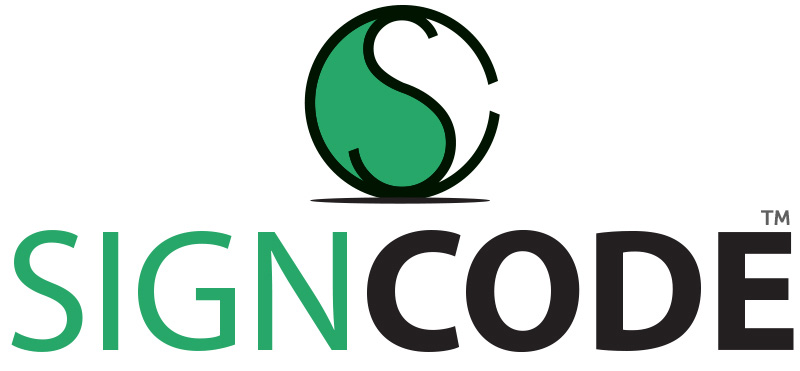When you have never suffered with a disability, it’s difficult to put yourself in the position of someone who is living every day with one.
A recent survey carried out by Action on Hearing Loss has revealed startling statistics concerning the state of play for deaf and hard of hearing people in work.
After making employers aware of their disability, 43% said that adequate measures had not been implemented to help them carry out their job.
Fears of mistreatment have resulted in people going as far as to hide their disability to avoid discrimination.
Work-related stress is one of the leading causes of long and short-term absence from work due to ill health. Alarmingly, 79% of people with hearing loss report experiencing stress as a result of their disability.
Total Jobs found that a quarter of deaf and hard of hearing people have left a place of work because they have felt discriminated against. Although 74% believe they possess the skills necessary to fulfil their job role, over half of respondents have received unfair treatment from management and colleagues because of their disability.
In short, ensuring your company is deaf-friendly for employees and in line with current legislation will put you way ahead of the pack.
Here is what you need to be looking at to create a positive workplace environment for deaf employees to flourish.
Reasonable Adjustments
The law obliges employers to make reasonable adjustments to people with a disability in order for them to carry out their work. If you fail to comply, this is classed as discrimination and you would be in breach of the Equality Act 2010.
Reasonable adjustments are measures “to make sure workers with disabilities, or physical or mental health conditions, aren’t substantially disadvantaged when doing their jobs.” (gov.uk)
This includes adapting your recruitment process so to enable the disabled person to fully participate in all application stages, and, once employed, making any changes necessary so that the disabled person can carry out their role.
Access to Work
Further support in addition to reasonable adjustments can be obtained through the Access to Work scheme in England, Scotland and Wales.
Under this scheme, deaf people in paid employment can receive a grant to cover the costs of hiring a BSL interpreter or a note-taker, paying for video relay services or providing deaf awareness training to the rest of the workforce.
Visual Emergency Warning Systems
Health and Safety of employees is of paramount importance in any workplace, so you should have in place an audio-visual fire alarm that will flash as well as sounding in the event of fire. Text alerts are another way you can communicate to deaf people in an emergency.
Deaf Awareness and BSL Training
Total Jobs’ survey lists “Lack of Deaf Awareness” as the number one challenge affecting deaf people, with the third challenge described as “feeling isolated or left out”.
With deaf awareness training, you can address both of these challenges as hearing staff will feel better equipped to communicate with deaf colleagues, thus reducing the sense of isolation experienced by the latter.
Signcode provides online deaf awareness training so that tutorials can be viewed at your convenience, and you don’t need to leave work premises to attend.
Providing Communication Support
Communication Support is the umbrella term for a range of services that can be made available to deaf and hard of hearing employees. This includes access to BSL interpreters, note takers, lip readers and video relay services. For work-based inductions and training, SigncodeUK can support your existing materials with signed and subtitled videos.
Start Doing Today
The points above require a certain amount of planning, but there are things you can begin implementing immediately to ensure you reduce stress among deaf and hard of hearing employees.
Communicate Visually as well as Audibly
Colleagues suffering with hearing loss will rely on sight to pick out facial expressions, lip movements and other gestures so always make use of body language when in a group discussion. Good lighting is essential in meeting rooms to facilitate this.
Don’t face away from the deaf person while speaking, and give a visible indication towards whoever is addressing the group to help the flow of the conversation.
Note Taking and Minutes
Providing written minutes of what is said in meetings and any actions agreed adds an extra layer of support so no information gets lost or misinterpreted. Nominate someone in the room to type up the notes as the meeting is taking place and email everyone a copy afterwards.
Face people when you are talking to them
Sometimes, people’s ticks, mannerisms or lack of confidence can lead to them cover their mouth when they speak or shy away from making eye contact. Always face deaf employees when speaking to them, and do not obscure their line of site with your hands, papers, coffee cups or pens.
If there is an interpreter present, address your colleague or employee directly as if the interpreter wasn’t there. Your message will still be translated.
These hints and tips will guide you towards creating a deaf-friendly workplace that is encouraging and reduces potential for discrimination. Creating a happy workforce is a priority for many employers. This is a great way to begin.
Further reading:
Action on Hearing Loss Working for Change 2018 Workplace Experiences Survey
Total Jobs Deaf Jobseeker and Employee Experiences Survey Report
Action on Hearing Loss: Helping You to Support Employees with Hearing Loss

